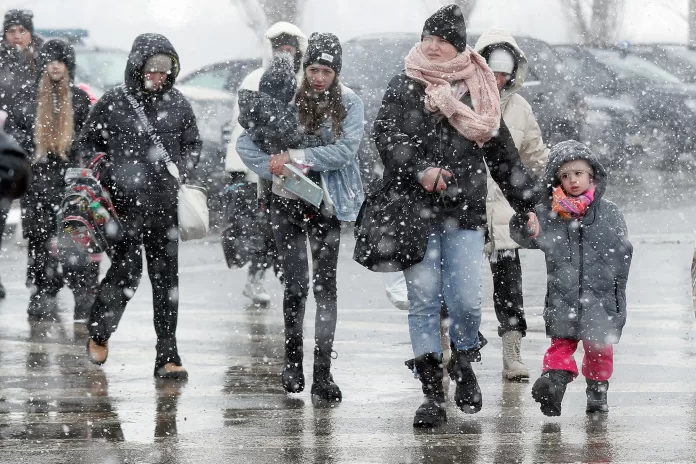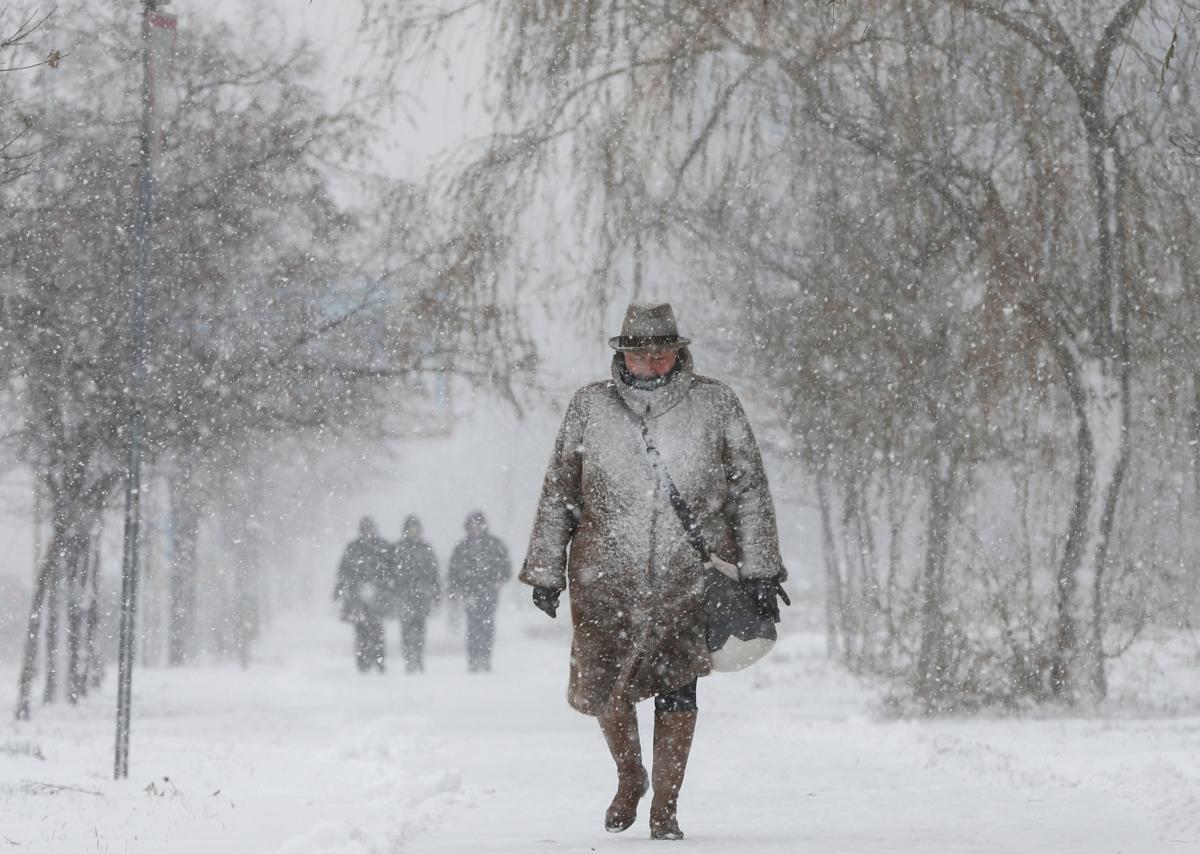Ukrainians could be in for a cold winter as Russians maintain occupation of Ukraine’s largest power plant and La Niña churns in the tropical Pacific, apt to send waves of brutally cold weather toward Europe.
Part of Russian President Vladimir Putin’s war strategy has been targeting the Zaporizhzhia Nuclear Power Plant (ZNPP), and the Kremlin announced it would officially seize ZNPP earlier this week. ZNPP remains on the frontlines of the war, and Ukrainian staff have been operating the plant with reduced capacity under Russian surveillance. The Organization of Petroleum Exporting Countries (OPEC) also recently cut its oil production by up to 2 million barrels a day, plummeting Europe into worries of increasing prices and demand for oil. As a result, Ukraine and Europe could be in for a brutally cold winter spurred by La Niña, the weather phenomenon that is likely to send colder-than-normal air through Europe.
Before the war began, nuclear power fueled more than 55 percent of Ukraine’s electric energy. American Nuclear Society President Steven Arndt told Newsweek that a small portion of Ukraine’s energy comes from natural gas, so the OPEC production cut will likely be less of an interruption to Ukraine than to other parts of Europe.
Arndt confirmed the three nuclear plants outside of ZNPP are operating. He called the nuclear plants a “localized resource” that provides district heat and electricity to the citizens around the plants. However, contracts between Ukraine and Russia regarding maintenance and parts for the plants have been canceled, leading to further worries about energy supply. ZNPP is the largest of the four plants, with six reactors.
Arndt said Ukraine may be better suited to fare a tough winter than other parts of Europe in part because of its access to nuclear power. However, nuclear power won’t completely protect Ukraine from the cold months ahead, especially with ZNPP not operating.
“France is also well suited because of their large nuclear content,” Arndt said. “I think it’s going to be a long hard winter all over Europe, including Ukraine. Any lack of industrial facilities is going to be a challenge.”
READ ALSO: Germany: Police accused of ‘racist violence’ over Black man’s death
Climatologist Matei Georgescu grew up in Romania, Ukraine’s southwestern neighbor, and is familiar with the effects a long, hard winter has on families in the area. He warns Ukrainians may be in for a brutally cold winter, specifically those living further from the Black Sea, where temperatures are more moderate. In addition to growing energy concerns amid Russian soldiers occupying ZNPP and limited natural gas resources, La Niña is brewing in the tropical Pacific and could send blasts of cold air toward Europe.
“You can have days across the entire Ukrainian land mass where the highs are hard-pressed to get out of the teens and twenties, with the lows easily 10 to 20 degrees below that,” Georgescu said. “The expectation is [temperatures] will be colder this year as a result of La Niña, and winter will be harsher in terms of temperature differences and will certainly be much colder.”
Georgescu said the country may not experience as much snow but should be prepared for frigid temperatures.
Georgescu expects Ukrainian families to ration their energy this winter, limiting heat and other energy requirements to one or two rooms of their home. To save energy, families would likely turn heat off in other rooms and layer clothes to protect their bodies against the chill.
Georgescu says that if Ukraine’s nuclear power plants aren’t reliable or functioning at full capacity, it could increase Ukrainians’ reliability on natural gas. Natural gas is not sourced directly from Ukraine, so the country may endure difficulty in securing energy.
“For energy rationing, in many cases, the youth won’t remember but the elders will,” Georgescu said. “Going back to pre-late-1980s and the fall of the Soviet empire, the entire Eastern Bloc had to do this on a daily basis for winters. You knew energy reliability was at a minimum, and you had to make do with what you had. If you didn’t have it, you had to have sufficient clothing.”
Read Original Post Here















